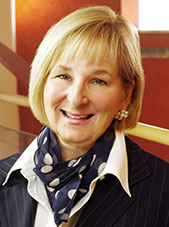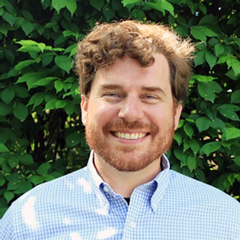
“Pepper” created by SoftBank Robotics Corporation
The movie, Robot and Frank, describes the future in which the elderly have a robot as their companion and also as a helper that monitors various activities that relate to both mental and physical health. People’s lives in the movie are not particularly futuristic other than a robot in them. And even a robot may not be so futuristic to us much longer either. As a matter of fact, as of June 2015, there is now a commercially available humanoid robot that is close to performing some of the functions that the robot in the movie ‘Frank and Robot’ does.
A Japanese company, SoftBank Robotics Corp. released a humanoid robot named ‘Pepper’ to the market back in June. The Pepper robot is 4 feet tall, 61 pounds, speaks 17 languages and is equipped with an array of cameras, touch sensors, accelerometer, and other sensors in his “endocrine-type multi-layer neural network,” according to the CNN report. The Pepper robot does not clean the house or take care of the children. It was designed to be a companion to humans. The Pepper robot was priced at ¥198,000 ($1,600). The Pepper owners are also responsible for an additional ¥24,600 ($200) monthly data and insurance fee. While the Pepper robot is not exactly cheap, it is surprisingly affordable for a robot. This means that the robot industry has now matured to the point where it can introduce a robot that the mass can afford.
Robots come in varying capabilities and forms. Some robots are as simple as a programmable cube block that can be combined with one another to be built into a working unit. For example, Cubelets from Modular Robotics are modular robots that are used for educational purposes. Each cube performs one specific function, such as flash, battery, temperature, brightness, rotation, etc. And one can combine these blocks together to build a robot that performs a certain function. For example, you can build a lighthouse robot by combining a battery block, a light-sensor block, a rotator block, and a flash block.
By contrast, there are advanced robots such as those in the form of an animal developed by a robotics company, Boston Dynamics. Some robots look like a human although much smaller than the Pepper robot. NAO is a 58-cm tall humanoid robot that moves, recognizes, hears and talks to people that was launched in 2006. Nao robots are an interactive educational toy that helps students to learn programming in a fun and practical way.
Noticing its relevance to STEM education, some libraries have acquired robots and are making them available to library patrons. Westport Public Library provides robot training classes for its two Nao robots. Chicago Public Library lends a number of Finch robots that patrons can program to see how they work. Faculty and students at University of Texas Arlington Libraries can check out several Telepresence Robots.
But robots can fulfill many other functions as well. For example, robots can be very useful in healthcare. A robot can be a patient’s emotional companion just like the Pepper. Or it can provide an easy way to communicate for a patient and her/his caregiver with physicians and others. A robot can be used at a hospital to move and deliver medication and other items and function as a telemedicine assistant. It can also provide physical assistance for a patient or a nurse and even be use for children’s therapy.
Humanoid robots like Pepper may also serve at a reception desk at companies. And it is not difficult to imagine them as sales clerks at stores. Robots can be useful at schools and other educational settings. At a workplace, teleworkers can use robots to achieve more active presence. Universities and colleges can offer a similar telepresence robot to online students who want to virtually experience and utilize the campus facilities or to faculty who wish to offer their office hours when they are away from the office. Not all robots do or will have the humanoid form as the Pepper robot has. But as robots become more and more capable, we will surely get to see more robots in our daily lives.
Bohyun Kim, Associate Director, Library Applications and Knowledge Systems


 The Library Genie is coming back! Last year he asked for your 3 library wishes and you responded. We can happily say that 3 library wishes were granted.
The Library Genie is coming back! Last year he asked for your 3 library wishes and you responded. We can happily say that 3 library wishes were granted.

 Here are some helpful hints on how the HS/HSL can help you as the school year begins.
Here are some helpful hints on how the HS/HSL can help you as the school year begins.
 MPowering the State was established a few years ago by the University System of Maryland Board of Regents to promote innovation and impact through collaboration between the University of Maryland, Baltimore and the University of Maryland, College Park. MPowering the State provided one-time funds, to be reviewed and renewed annually, for shared library collections supporting this collaboration. The University Libraries at College Park, and the Health Sciences and Human Services Library and the Thurgood Marshall Law Library at UM Baltimore employed these funds to establish the MPower Virtual Research Library, an interdisciplinary collection supporting advanced biosciences research and education between these universities.
MPowering the State was established a few years ago by the University System of Maryland Board of Regents to promote innovation and impact through collaboration between the University of Maryland, Baltimore and the University of Maryland, College Park. MPowering the State provided one-time funds, to be reviewed and renewed annually, for shared library collections supporting this collaboration. The University Libraries at College Park, and the Health Sciences and Human Services Library and the Thurgood Marshall Law Library at UM Baltimore employed these funds to establish the MPower Virtual Research Library, an interdisciplinary collection supporting advanced biosciences research and education between these universities.





